Alberta Grade 5 Language Arts ELA - FULL YEAR BUNDLE - NEW 2023 Curriculum
Alberta Grade 5 Language Arts ELA - FULL YEAR BUNDLE - NEW 2023 Curriculum
Interested in a bundle? Shop below instead!
Couldn't load pickup availability
FULL YEAR BUNDLE - Teaching made easy! This NO PREP bundle includes everything you need to teach the NEW 2023 Alberta Grade 5 Language Arts (ELA) Curriculum.
BOTH GOOGLE SLIDES AND PDF VERSIONS INCLUDED!
Grade 5 - New Alberta 2023 Language Curriculum – Vocabulary and Conventions. This resource covers all skills and procedures in the organizing ideas: Vocabulary and Conventions (ELA). The 407 pages teach the skills and procedures in these two curriculum areas.
Included in this unit are 30 weeks of ELA instruction, with weekly word lists that explicitly teach consonant clusters as well as vowel teams. Along with these Science of Reading principles, we have weaved in the skills and procedures students in grade 5 need to learn while working with these word lists.
Included in this resource are the organizing ideas below:
Vocabulary – figurative language, the affixes (prefixes and suffixes) listed in the curriculum, tier 2 and tier 3 words, synonyms, antonyms, homographs, homophones, and homonyms as well as word origins.
Conventions – sentence types, contractions, apostrophes, grammar, punctuation, and capitalization skills.
In addition, we have included a full-year long range plan that outlines what concepts from the curriculum you will be teaching each week, and what prefixes/suffixes/letter blends will be covered.
Some of the concepts covered:
- Suffixes <ous>, <ious>, <al>, <ial>, <ian>, <ic>, <ical>, <ment>, <ity>, <ant>, <ent>, <ance>, <ence> and more
- Prefixes <circu>, <per>, <trans>, <ad>, <sub>, <ob>, <com>, <ex> and more
- Sentence structure: complete, fragments, compound, types, and clauses
- Parts of speech: nouns, verbs, adjectives, adverbs, and prepositions
- Subject-verb agreement
- Coordinating conjunctions
- Independent/dependent clauses
- Direct objects for nouns
- Noun-pronoun agreement
- Pronouns, intensive pronouns, and reflexive pronouns
- Possessive pronouns, subject pronouns, and object pronouns
- Present/past/future tense
- Run-on sentences
- Four types of sentences – declarative, interrogative, exclamatory, imperative
- Conjunctions – FANBOYS
- Building complex sentences and subordinating conjunctions
- Figures of speech – metaphors, similes, and analogies
- Using colons and semicolons
- Decoding strategies – chunking and syllable splitting
- Reading with expression and intonation
- Proper adjectives and capitalization
- Correlative conjunctions
- Commas for introductory phrases, commas with interjections, and commas with direct address
- Appositives and participles with the use of commas
- Contractions
- Using quotation marks in dialogue
- Researching word origins
- How have words changed over time – “woke”
- New words to the English language – “blog”
- Antonyms and synonyms
- Cursive writing
- Abbreviations
- Using parentheses to indicate additional, separate, or less important words or numbers
- Fluency readings for each week to reinforce word list vocabulary
- Weekly quizzes (30 different assessments)
- Answer pages for all activities
Grade 5 - New Alberta 2023 Language Curriculum – Writing. This resource covers all skills and procedures in the 2023 Alberta Language Curriculum, within the organizing idea: Writing (ELA).
There are 338 activity sheets that are aligned to cover the learning outcome in the NEW Alberta 2023 Language Curriculum. Included are 10 blocks of content, each covering a different text form. Within each block, the skills and procedures are taught.
This is a language program developed by a language teacher. We have included exemplars for students to use to formulate success criteria so they can improve their writing quality. Moreover, we’ve scaffolded the skills involved with producing quality writing to ensure all students can progress.
In addition, we have included a full-year long range plan that outlines what concepts from the curriculum you will be teaching each week.
Some of the concepts covered:
- Types of text forms – when to use each one (narratives, letters/emails, persuasive, comic strips, reports, etc.)
- Experiment – writing with planning time versus writing without planning time (no brainstorming)
- Activity – creating “Secret Agent” notes
- Personal voice in writing
- Word choice – how word choice affects our writing voice
- Improving sentences with descriptive word choice
- What is fluent writing?
- Revision – is my writing fluent?
- Writing using different sentence lengths – simple versus compound/complex sentences
- Writing using figurative language – simile, metaphor, and analogy
- How to write a paragraph – topic sentence (hook), supporting details, conclusion
- Formal versus informal letter writing – voice in our writing
- Purpose and audience in letter writing – effect on our voice
- Narrative writing – beginning, middle, end
- Analyzing quality stories – building success criteria
- Using quotations in narratives – dialogue
- Adding dialogue to short stories
- Activity – Story Swap Revision Party
- Understanding persuasive writing
- Activity – creating a persuasive poster
- Understanding bias in persuasive writing
- Assignment – advertising a new invention
- Confirmation bias in persuasive writing
- Research process – questioning, gathering, organizing, and recording
- Ethical use of research – asking permission, citing, fair and accurate representation
- Report writing – a quick guide
- Writing reports – using the facts provided to organize a report
- How to research effectively
- Activity – Online Treasure Hunt
- Report Writing – writing strong introductions and conclusions
- Report – coherence in report writing: why diversity in schools is important
- Types of poems – Haiku, Limerick, rhyming poems
- Assignment – writing a poetry children’s book
- Activity – rhyme time analysis
- Cursive writing – Limerick
- Examining and removing bias in reviews
- Practicing summaries in book review writing
- Publishing a book review
- Comic strips – onomatopoeia and illustrating graphic texts
- Assignment - creating an online comic strip
- Biographies – cross curricular connections: Hippocrates (human body), Einstein, and Chief Pontiac
- How to cite where we find research – bibliography
- Answer pages for all activities
Grade 5 - New Alberta 2023 Language Curriculum – Comprehension, Text Forms and Structures. This resource covers all skills and procedures in the organizing ideas: Text Forms and Structures as well as Comprehension. The 288 pages teach the skills and procedures in these two curriculum areas.
We’ve included a variety of activities, including independent reading responses, group activities, assignments, experiments, exemplars, and hands-on activities to keep your students engaged.
Included in this resource are the organizing ideas below:
Text Forms and Structures: taught throughout the unit, with the use of 10 different blocks of text forms, including narratives, reports, poetry, comic strips, letters, procedural writing, book reviews, persuasive writing, and biographies.
Comprehension: as students learn about the text forms and structures of different types of writing, they will practice reading comprehension skills. They will read these different text forms, and use before reading, during reading, and after reading comprehension strategies – inferencing, visualizing, predicting, summarizing, making connections, synthesizing, and questioning. We have also included an independent reading response booklet.
In addition, we have included a full-year long range plan that outlines what concepts from the curriculum you will be teaching each week/block.
Some of the concepts covered:
- What is reading comprehension?
- Before reading: comprehension strategies – activating prior knowledge and reasons for reading
- During reading: comprehension strategies – questioning, making connections, inferences, predictions, visualizing
- After reading: comprehension strategies – summarizing, making global and local inferences, visualizing
- Cultural text forms – creation stories and songs
- Letter writing – emails, formal and informal letters, bias
- Implicit and explicit perspectives in letter writing
- Voice in writing – use of cohesive ties and different sentence structures
- Narratives – use of figurative language: personification, similes, metaphors, anthropomorphism, humour, and imagery
- Perspective in narratives – first-person, second-person, and third-person and advantages/disadvantages of each
- Narratives – sequencing multiple plots in a story and explaining cause and effect
- Science fiction story - the use of flash-forwards in narratives
- Drama story – character emotions, evolving characters as well as identifying themes in plots
- Indigenous Storywork – 7 Principles: respect, responsibility, reciprocity, reverence, holism, interrelatedness, synergy
- Prediction story activity – finishing a story using strong predictions
- Cross-curricular connections – text forms related to themes in science and social studies (government, human body)
- Character analysis – explain the decisions made by characters and analyze their character traits
- Round vs. flat characters - explore differences in character types
- Persuasive writing – using critical thinking skills to determine bias
- Finding implicit and explicit evidence in persuasive texts
- Making inferences about persuasive texts
- Text features in reports – headings, subheadings, bold words, hyperlinks, captions, tables, graphs, etc.
- Photo essay - analyze a photo essay
- Summarizing reports – determining the main idea and supporting details
- Activity – group work summarizing
- Use of graphs, maps, diagrams, and pictures in reports
- Literary devices used in poetry – humour and imagery
- Lyric poetry
- Assignment – finding poems written by Indigenous authors
- Understanding haiku, limericks, acrostic poems, cinquain poems, and rhyming poems
- Bias in book reviews
- Reading different styles (voices) in book reviews
- Text features in comics, infographics, memes, and maps
- How images, graphics, and visuals contribute to biographies
- Text features in biographies – using a glossary and a preface to understand a biography
- Louis Riel, Terry Fox, and Albert Einstein biographies with prefaces and glossaries
- Answer pages for all activities
Grade 5 - New Alberta 2023 Language Curriculum – Oral Communication. This resource covers all skills and procedures in the organizing idea: Oral Communication (ELA). The 97-page unit includes lesson plans for the teacher, prompts for the students, planning pages, and reflection questions for students to consolidate their understanding.
Included in this unit are 29 activities that are interactive and engaging for grade 5 students. As students complete the activities, they will build on their oral communication skills, obtaining the learning outcome stated in the curriculum. There are several activities provided for each skill and procedure listed in the curriculum.
We are proud to include everything you need to complete these activities. For example, if an activity asks for a story to be read, we provide the story. We’ve also included all emotions, story starters, expressions, and other material you may need.
Some of the concepts covered:
- Activity: Cultural Oral Traditions Exploration
- Activity: Storytelling Time Machine
- Activity: Everyday Tales Sharing
- Activity: Sacred Stories Symposium
- Activity: Trickster Tales Theatre
- Activity: Choral Speech Creation
- Activity: Voice Projection Workshop
- Activity: Pitch Perfect
- Activity: Formal vs Informal Debate
- Activity: Verbal and Non-Verbal Charades
- Activity: Expression Charades
- Activity: Gesture Guessing Game
- Activity: Clarifying Quests
- Activity: Active Listening Workshop
- Activity: Inquisitive Minds - The Question-Asking Game
- Activity: "Listen, Predict, and Reflect”
- Activity: "Who's Listening? Tailoring Your Message"
- Activity: "The Paraphrase Chain"
- Activity: The Restating Relay
- Activity: Vocabulary Building Competition
- Activity: Vividly Speaking: Describing Scenes with Adverbs
- Activity: Understanding Emotion Through Cultural Dances
- Activity: Collaborative Dialogue Role-Play
- Activity: Respectful Language Game
- Activity: Perspective-Sharing Circle
- Activity: Logical Storytelling Contest
- Activity: Digital Storytelling Project
This is a comprehensive bundle that will save you hours of planning! It has everything you need to feel confident that you are covering the NEW Alberta Language Arts curriculum.
Share
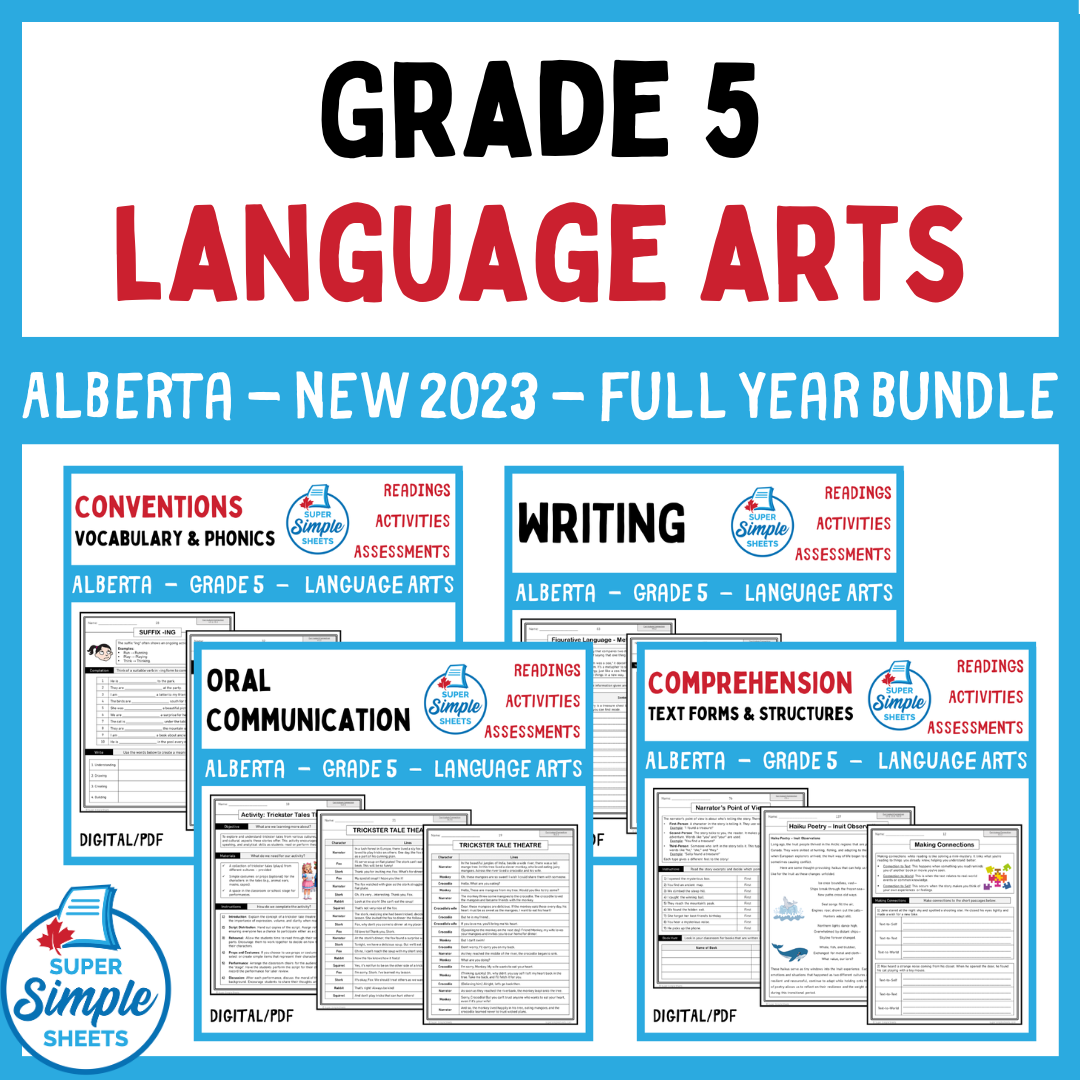
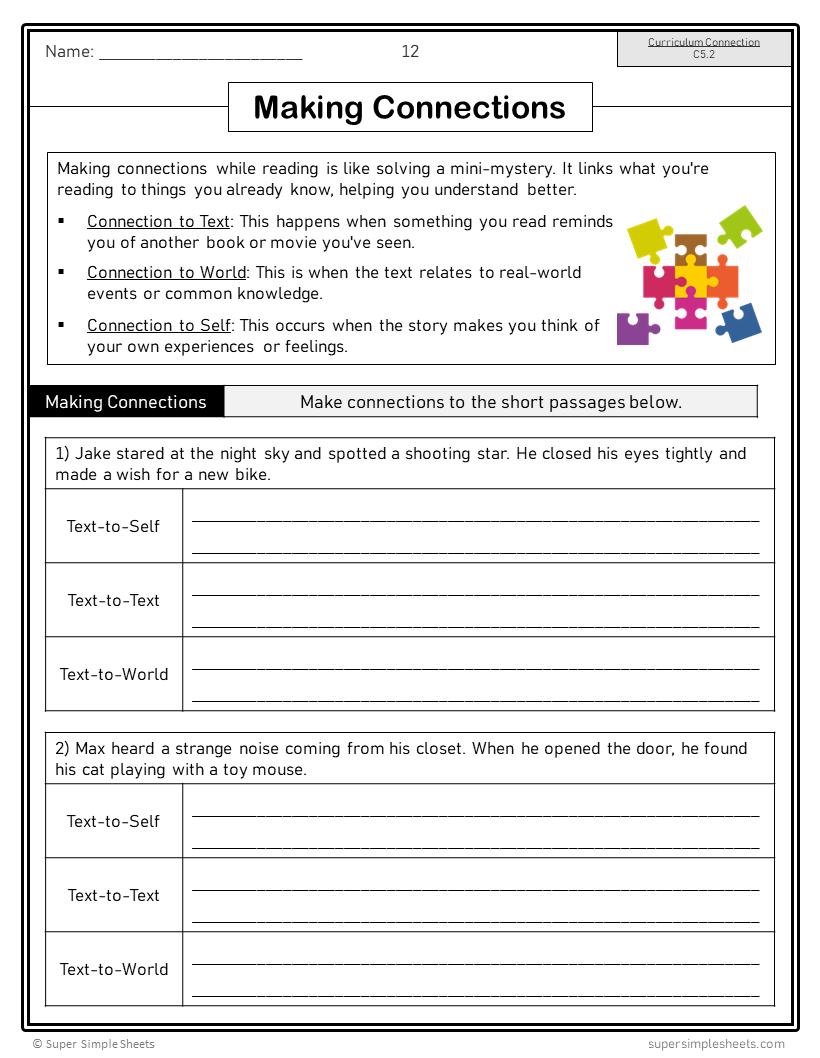
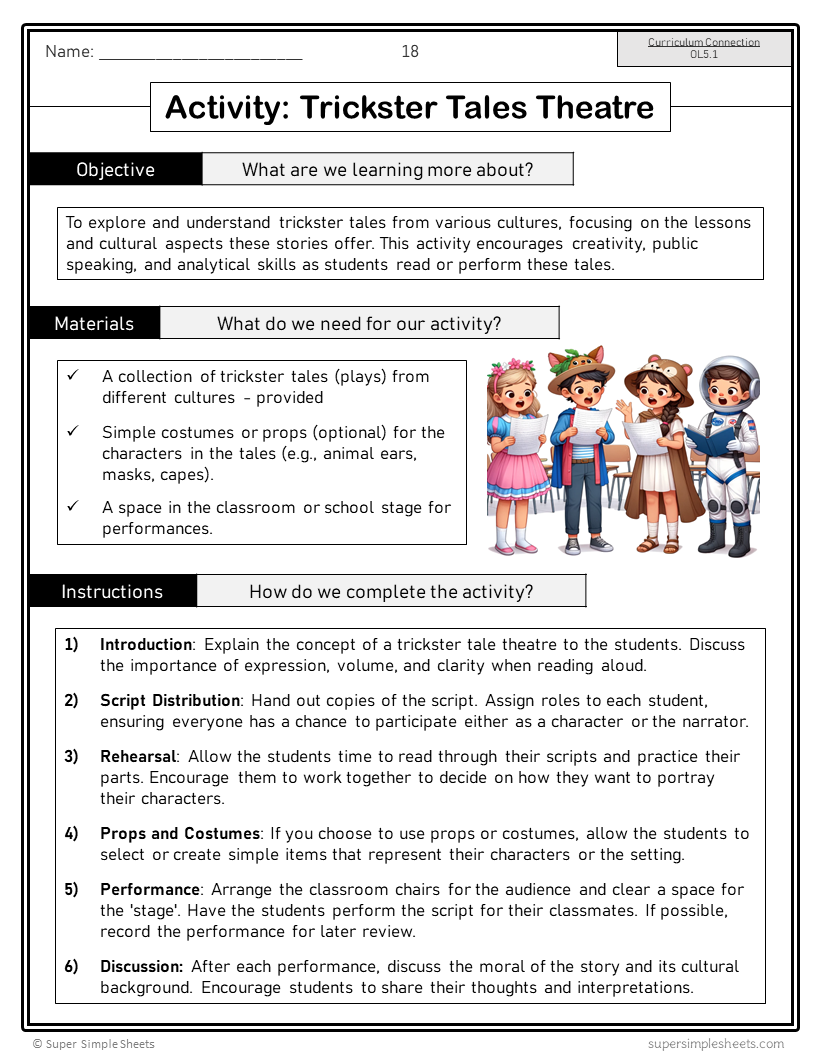
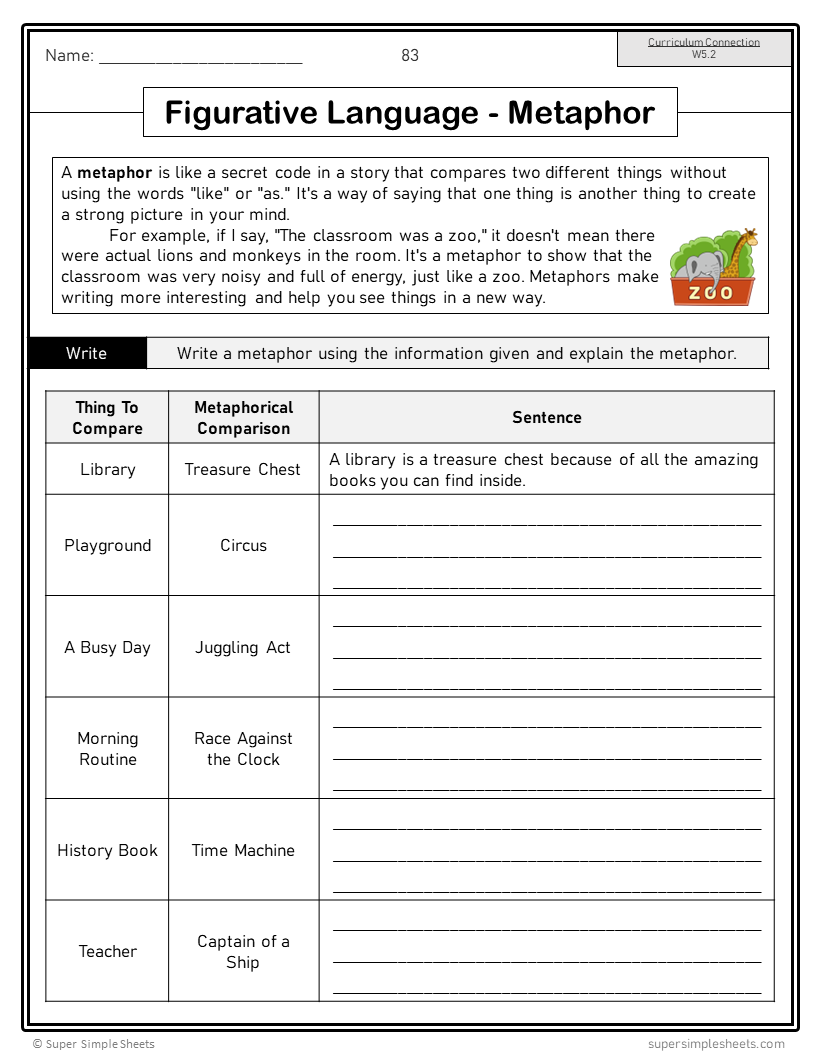
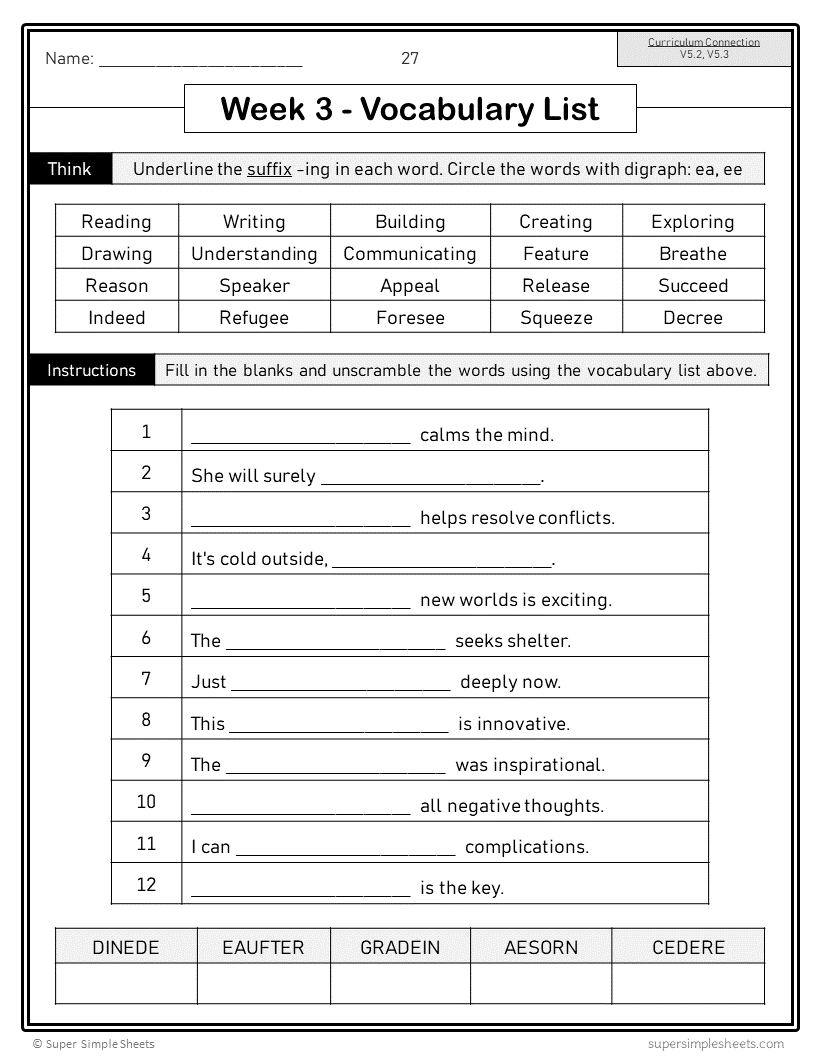
The resources are very helpful to reinforce the topics with my child (grade 5)
Also it builds a daily habit of completing one worksheet for each subject. Very satisfied with the purchase.
This bundle has everything you would need for the school year, and more. I was unable to complete all of it, but I appreciated the amount of content available for the school year. I would highly recommend anyone to purchase this for their classroom Language Arts program. I would also recommend any of their other products!!
This just made teaching Grade 5 LA so much easier! It really covers almost anything you need to cover. Great resource, thank you!
This resource is comprehensive and invaluable. It touches all of the objectives in the new Alberta curriculum. It is an excellent reference for teachers and provides interesting, exciting and educational activities for students.
Quick and easy to use! I highly recommend ALL Super Simple products!








